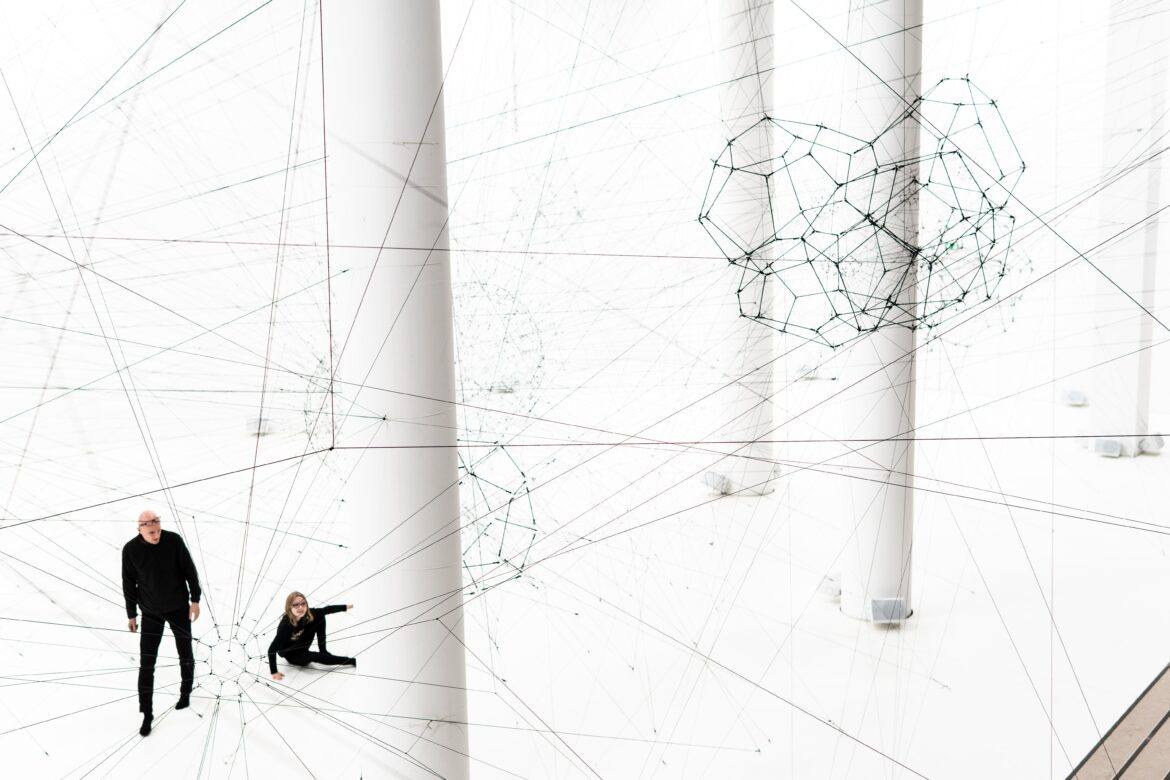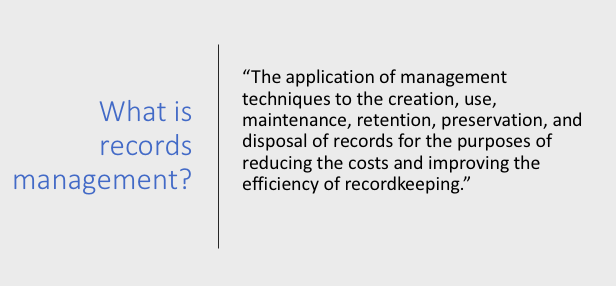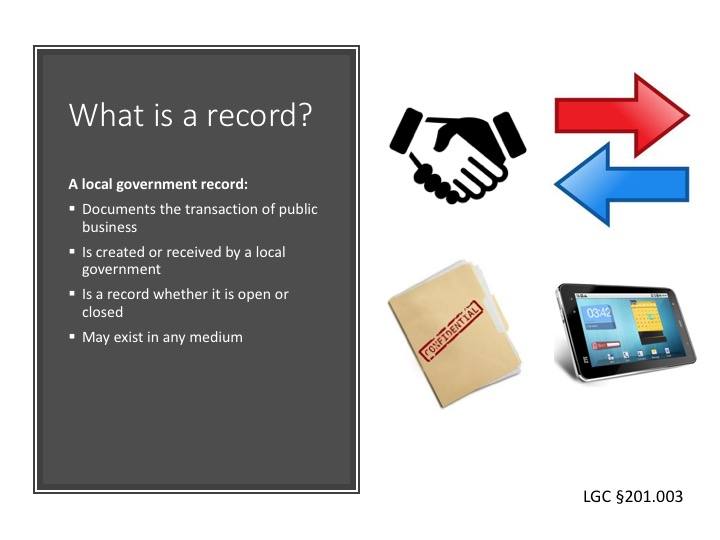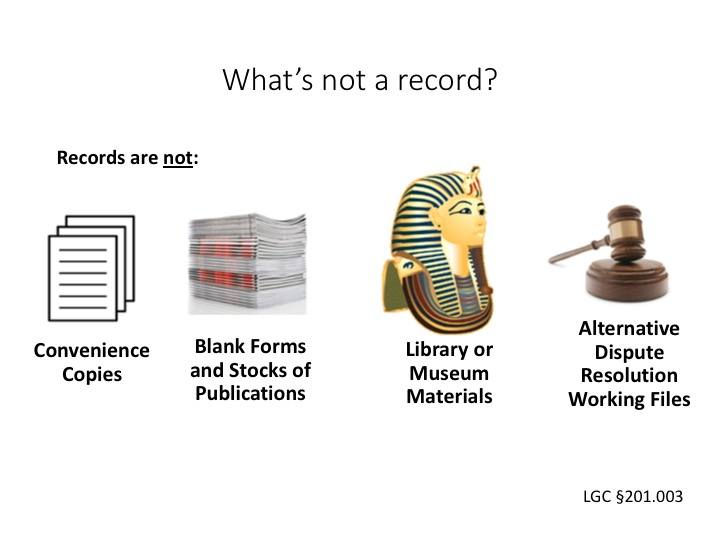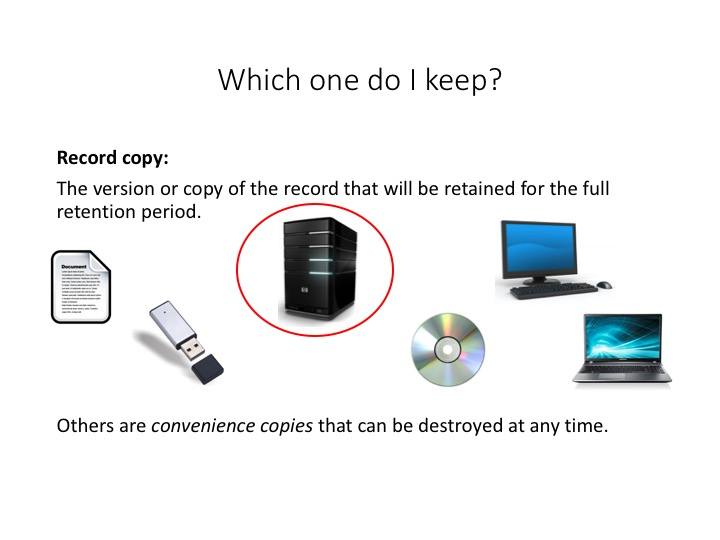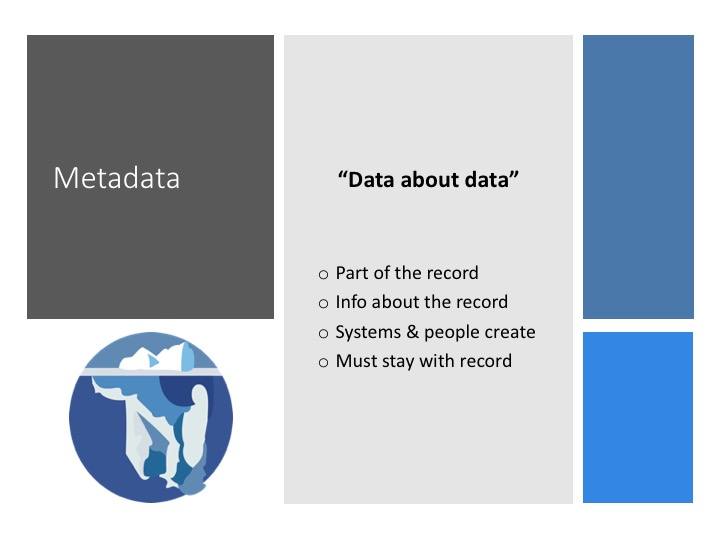Educators are no strangers to buzzwords. Especially when technology enters the picture, it can be hard to avoid the catchphrases and jargon that seem to gather at the intersection of teaching and tech. For full-time educators, it can be hard to keep up. For example: blockchain.
You’ve likely heard the term, perhaps you know it’s related to another term of the moment, cryptocurrency. You might even be familiar with attempts to use it for other data security activities. But what does the term really mean? And how might it affect the classroom?
Forging the Chain
Stephen P. Williams is the author of the recently published Blockchain: The Next Everything. In the book, Williams outlines in broad, relatable strokes what the new technology does, and what he believes it’s capable of. In many ways, he says, it’s an improvement on the old-fashioned ledger book. For Williams, that’s no minor thing.
“Put simply, a blockchain is an online ledger,” Williams writes early in the book. “Somewhat dull right? Not when you consider that ledgers,” he adds, “are the basis of civilization.”
It is a bold claim, but Williams elaborates that the secure tracking of data that blockchain can provide is a new form of the vital social function of record-keeping. Indeed, blockchain, which stores information in non-editable “blocks,” is a sort of distributed data-tracking technology. It can make information more secure and make keeping up with information easier. Each device connected to the blockchain becomes a part of the database, perpetuating the information while they distribute it. If the internet as we know it consists of central networks that people plug into, a blockchain network is one where each person constitutes a part of the network itself.
“In the future, if knowledge is more distributed, I can see that having a huge affect on education.”
Historical Potential
Historically, many breakthrough inventions, and many of the most important clues to understanding historical cultures, come from record keeping. The earliest known writing system, cuneiform, developed in Mesopotamia as a means of accounting. Quipu, a system of knotted string used by the Inca to keep records, is one of our most useful artifacts of the ancient societies of the Andes Mountains.
While it may be best-known as the tech behind cryptocurrency, blockchain is being used across industries today with advocates and early-adopters claiming it can also help make supply chains more dependable and transparent, for example, to digitally verify identity, or even to vote.
Capacity to Transform
Because of that distribution, blockchains are difficult to hack, Williams says in a phone interview. “Unlike the old green books, blockchain itself in immutable, meaning it can’t be hacked, so the information you put on a blockchain is protected.”
Across fields like banking, contract law, and publishing, proponents and developers assert that the new system has the potential to be as revolutionary and foundational to the Information Age as the steam engine was to the Industrial Age, or metallurgy to the neolithic. In a 2016 TED Talk, blockchain entrepreneur and researcher Bettina Warburg contends that blockchain may transform society, politics, and economics in fundamental ways.
So what does that mean for education? A number of fledgling projects illustrate the possibilities.
Links to the Future
The change is already underway, in particular in the halls of higher education and in training. Blockchain is already being experimented with for the management of student records, certificates, transcripts, degree completion, and even badging and micro-credentialing.
For his part, Williams suggests blockchain could have positive uses in testing, administration, online courses, student tracking and assessment, and more. Companies are already developing education software based on the technology for use in credentialing and access to student transcripts. There’s also potential uses in libraries and for test preparation.
In fact, the adoption of blockchain outside of education may likely have effects on teaching and learning. “When we look at the way history is taught,” he says “it seems like things come and go out of fashion. With blockchain, you can have an accurate historical record.”
Not only could it be useful, but it could help bring technology and information to more students. “The distributed nature of blockchain makes it easily accessible to a wide variety of people around the world,” Williams notes. “In the future, if knowledge is more distributed, I can see that having a huge affect on education.”
Criticisms and Challenges
Of course, like any new technology, blockchain is not without its critics. Some, for example, claim that blockchain is indeed a buzzword, and little more. It is, according to economist Nouriel Roubini, no better than an Excel spreadsheet. The technology is also not impervious to hacks, and blockchains are sometimes not-so-distributed; the fact-checking mechanisms of blockchain are sometimes skipped due to its massive energy requirements, creating “private” blockchains. But without that independent verification of a distributed network, critics say it’s only as useful as a traditional database.
Further, the challenge of change remains. Many note that this new network, based on independent data agreeing between nodes, is a foundational technology, not one that can easily be grafted onto existing processes. For that reason, blockchain may be more evolutionary than revolutionary, and its adoption may be slow and potentially difficult.
Conclusion
Still, Williams and many others are excited about the possibilities. The outcome of that potential, however, is unknown. “Blockchain is not a moral agent,” Williams writes, “and despite the hype, the technology has no intrinsic ability to improve our society. Blockchain’s benefits depend on how we use it.”

